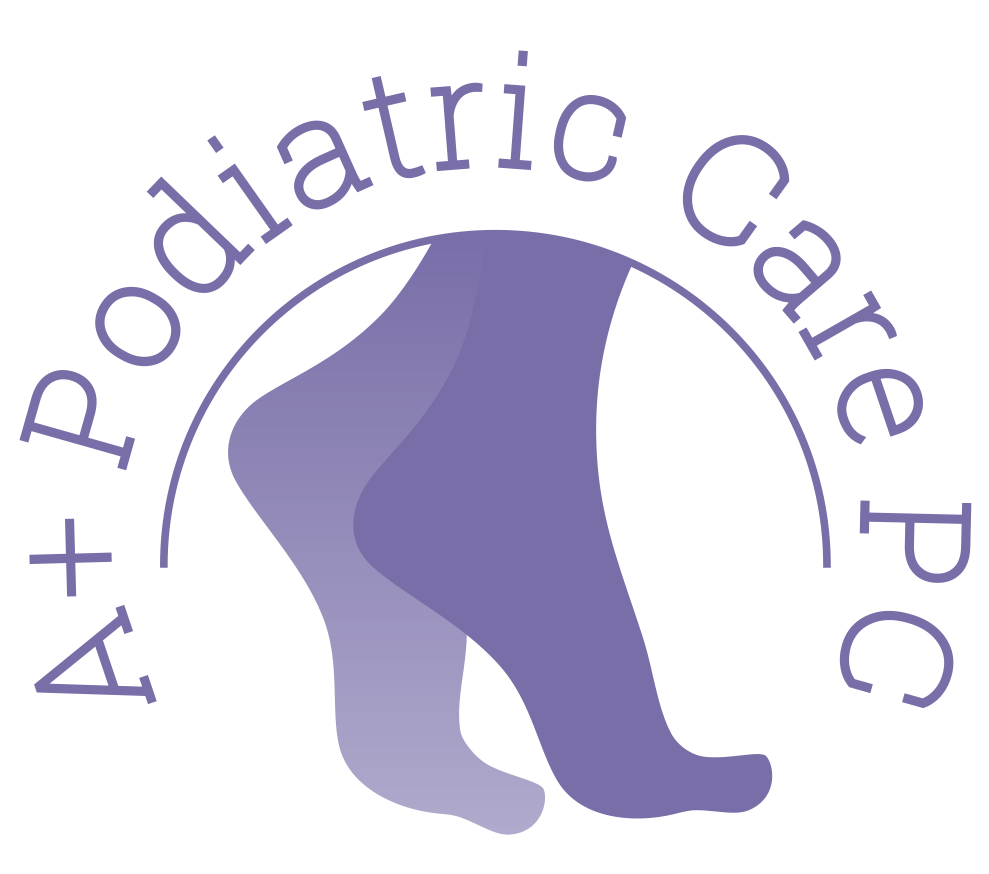
Bunions
A bunion is an enlargement of the joint at the base of the big toe that forms when the bone or tissue at the big toe joint moves out of place. If a bunion isn’t treated, the bones of the foot may realign. This affects the way the weight of the body is distributed across the bones and joints of the foot, causing pain and swelling at the site of the bunion and elsewhere in the foot.
Dr. Luvish diagnoses bunions during a physical exam and customizes treatment based on your symptoms. She also takes into account how significantly bunions affect your ability to walk and participate in everyday activities. To help you to manage pain and walk comfortably, Dr. Luvish may recommend medical treatment for bunions, including padding, orthotic inserts, and anti-inflammatory medications. In those cases where medical treatment is ineffective, Dr. Luvish may explore surgical options.
Hammer Toes
A hammer toe is a contracture, or bending, of the toe at the first joint of the digit, called the proximal interphalangeal joint. This bending causes the toe to appear like an upside-down V when looked at from the side. Hammer toe is a very painful condition, which Dr. Luvish can treat with padding and, in some cases, surgery.
Neuromas
A neuroma is a painful condition, also referred to as a “pinched nerve” or a nerve tumor. It is a benign growth of nerve tissue frequently found between the third and fourth toes. Symptoms may include sensations of thickness, burning, numbness, tingling, or pain in the ball of the foot. Treatments generally include wearing corrective shoes or orthotics, rESWT (Radial Extracorporeal Shock Wave Therapy), and/or receiving cortisone injections. In severe cases, surgical removal of the growth may be necessary.
